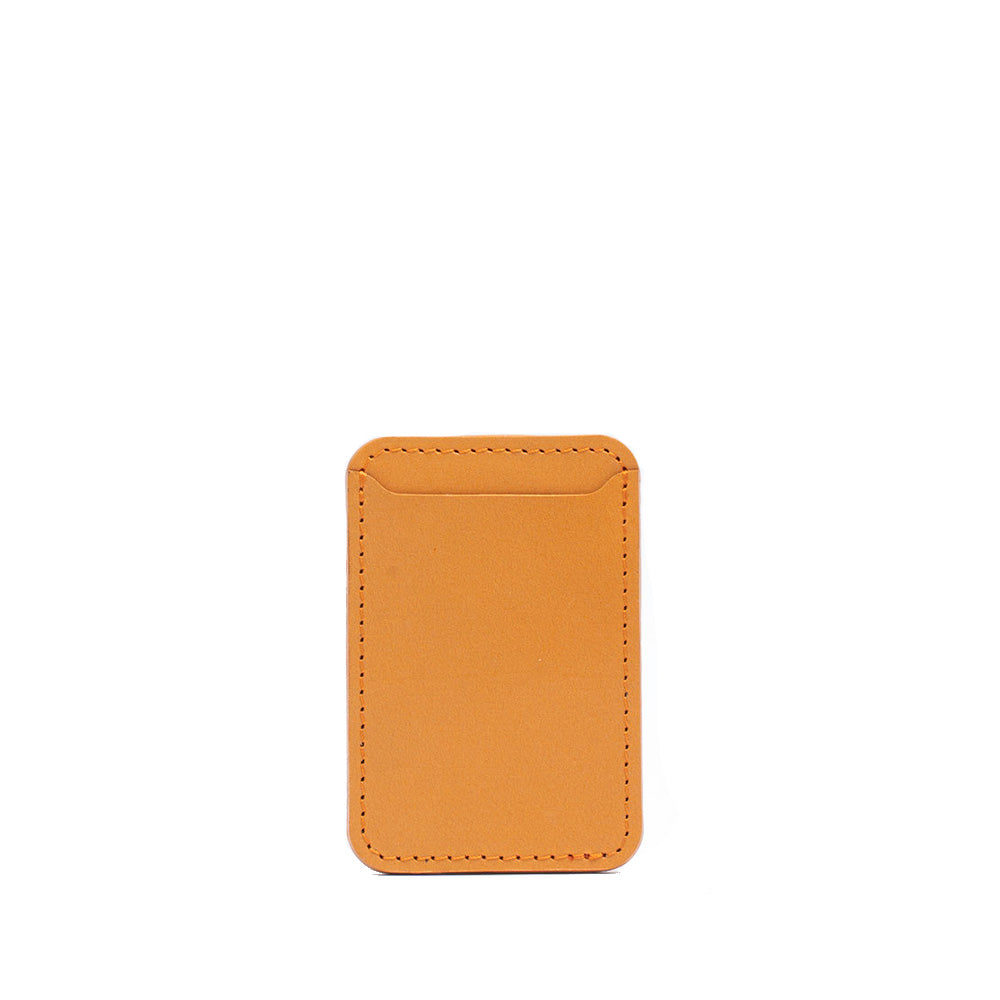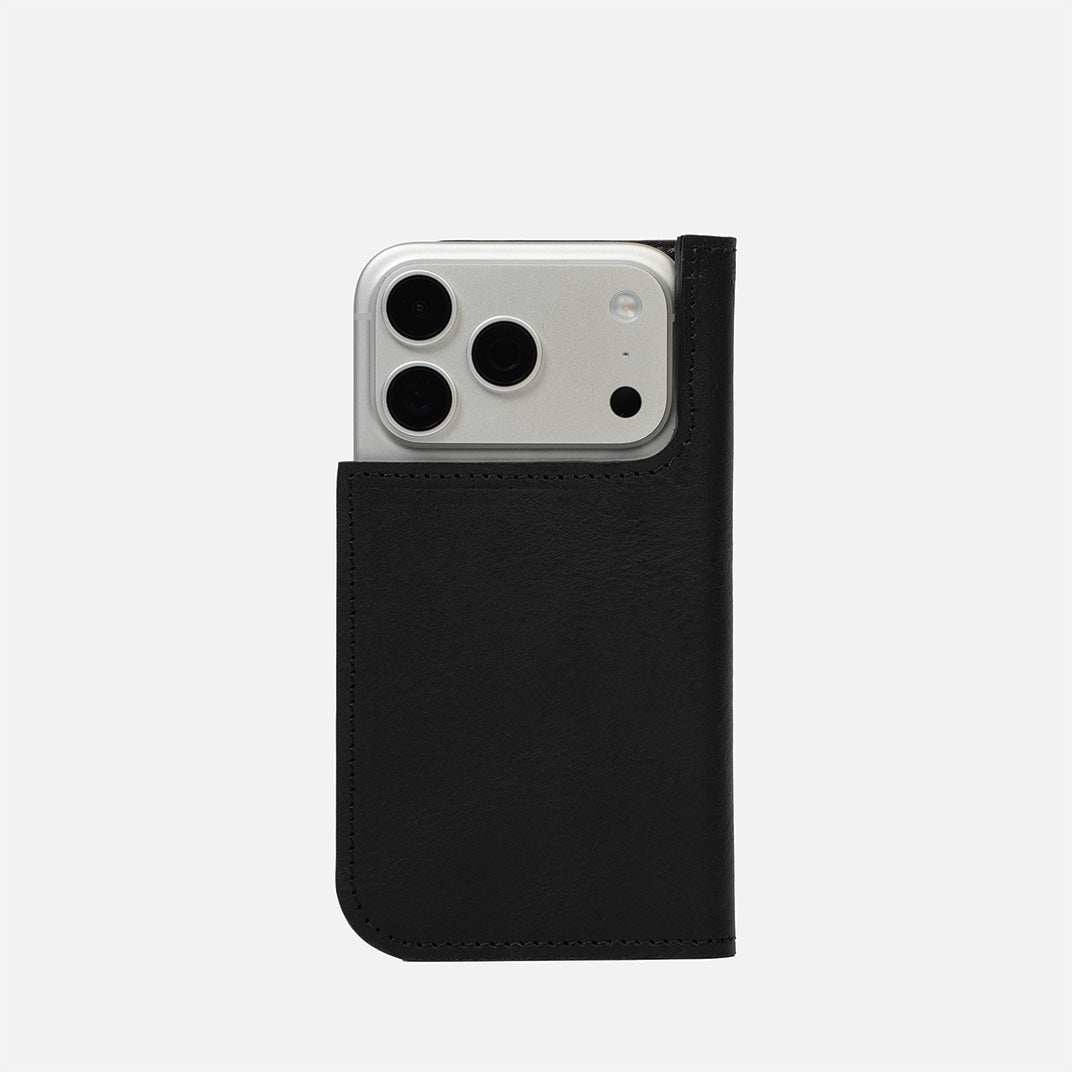Die Effizienz und das Ausmaß der Konnektivität unserer Geräte bestimmen ihren Platz in unserem persönlichen und beruflichen Leben. Apples iMac M3 stellt einen großen Schritt in der Integration fortschrittlicher Anschlüsse dar, die sowohl ästhetischen als auch funktionalen Ansprüchen gerecht werden. Dieser Leitfaden taucht in das Wesen der Konnektivität des iMac M3 ein und untersucht nicht nur die Anzahl und Typen der Anschlüsse, sondern auch deren Auswirkungen auf das Benutzererlebnis. Von den blitzschnellen Thunderbolt-Anschlüssen bis hin zur Vielseitigkeit der USB-Verbindungen ist das Verständnis dieser Anschlussmöglichkeiten entscheidend für jeden, der das Potenzial seines iMacs maximieren möchte. Begleiten Sie uns, während wir erkunden, wie diese technologischen Verbesserungen uns nahtloser mit der Welt der digitalen Kreativität und Kommunikation verbinden.
Überblick über die Anschlüsse des iMac M3
Anzahl und Typen
Der iMac M3 ist mit einer Vielzahl von Anschlüssen ausgestattet, die sowohl modernen Anforderungen als auch älteren Schnittstellen gerecht werden. Dieses Modell verfügt über zwei Thunderbolt/USB 4-Anschlüsse, die Hochgeschwindigkeits-Datenübertragung und Ladefunktionen unterstützen. Zusätzlich sind zwei USB 3-Anschlüsse integriert, die die Konnektivitätsoptionen für eine Vielzahl von Geräten erweitern. Ein Ethernet-Anschluss ist ebenfalls vorhanden und bietet eine zuverlässige, schnelle Internetverbindung, die in professionellen Umgebungen unerlässlich ist.

Design und Benutzererfahrung
Apples Ansatz beim Design der Anschlüsse des iMac M3 betont sowohl Funktionalität als auch Ästhetik. Die Anschlüsse sind strategisch platziert, um das schlanke, minimalistische Design, das typisch für Apple-Produkte ist, zu erhalten und gleichzeitig den einfachen Zugang für Benutzer zu gewährleisten. Diese Anordnung verbessert nicht nur die optische Attraktivität des Geräts, sondern optimiert auch die ergonomische Zugänglichkeit, sodass Benutzer Peripheriegeräte einfach anschließen und trennen können, ohne die Arbeitsplatzkonfiguration zu stören. Die durchdachte Platzierung und das Design dieser Anschlüsse verbessern das Benutzererlebnis erheblich, indem sie Stil und Praktikabilität vereinen.
Leistungsaspekte
Datenübertragungsraten
Die Thunderbolt/USB 4-Anschlüsse des iMac M3 bieten ultraschnelle Konnektivität mit Datenübertragungsraten von bis zu 40 Gbps. Dies ermöglicht den schnellen Transfer großer Dateien wie hochauflösender Videos oder umfangreicher Datensätze, was für Fachleute in Bereichen wie Videoproduktion und Datenwissenschaft unerlässlich ist. Darüber hinaus unterstützen diese Anschlüsse Hochleistungs-Ladefunktionen und erhöhen somit ihre Nützlichkeit für eine Vielzahl von Geräten.

Fachleute aus verschiedenen Bereichen profitieren erheblich von der Vielseitigkeit von Thunderbolt. Fotografen und Videografen können beispielsweise Gigabytes an Daten von hochwertigen Kameras schnell übertragen und so Wartezeiten erheblich reduzieren. Audio-Profis nutzen diese Anschlüsse, um Schnittstellen und Mixer für Studioaufnahmen anzuschließen, wobei sie die minimale Latenz und maximale Datenübertragungsrate schätzen. Über Thunderbolt verbundene externe SSDs können mit Höchstgeschwindigkeit arbeiten, was sie ideal für Aufgaben macht, die einen schnellen Zugriff auf große Dateien erfordern.
Kompatibilität mit Peripheriegeräten
Die Integration von Thunderbolt/USB 4- und USB 3-Anschlüssen gewährleistet eine breite Kompatibilität mit einer Vielzahl von Geräten und Peripheriegeräten. Von neuen Thunderbolt-fähigen Geräten bis hin zu älteren USB-Peripheriegeräten deckt der iMac M3 ein breites technologisches Spektrum ab. Diese Kompatibilität erstreckt sich auf Dockingstationen, externe Speicher, Monitore und ältere Geräte und ermöglicht eine nahtlose Integration in bestehende Arbeitsabläufe. Die Anpassungsfähigkeit des Systems macht es zu einer ausgezeichneten Wahl für Benutzer mit vielfältigen und anspruchsvollen Konnektivitätsanforderungen.
iMac M3 Display-Anschlüsse
Unterstützung hochauflösender Displays
Der iMac M3 ist so konzipiert, dass er hochauflösende Displays bis zu 6K unterstützt, was ihn zur idealen Wahl für Fachleute in den Bereichen Grafikdesign, Videobearbeitung und Fotografie macht. Die Thunderbolt/USB 4-Anschlüsse ermöglichen es Benutzern, 6K-Displays wie das Pro Display XDR von Apple direkt anzuschließen und mit Strom zu versorgen. Diese Fähigkeit stellt sicher, dass Benutzer kristallklare Bilder und lebendige Farben erleben, die für Präzision in kreativen Arbeitsabläufen unerlässlich sind.

Produktivität und Kreativität steigern
Maximieren Sie Ihre Produktivität und entfesseln Sie Ihre Kreativität, indem Sie die Leistung von Dual-Monitoren und Thunderbolt-Anschlüssen mit Ihrem iMac M3 nutzen. In diesem Abschnitt erfahren Sie, wie diese fortschrittlichen Konnektivitätsoptionen Ihren Arbeitsablauf auf neue Höhen heben können.
- Verwalten mehrerer Anwendungen:
Nutzen Sie Dual-Monitore, um Ihren Arbeitsplatz effektiv zu organisieren. Verteilen Sie Ihre Anwendungen auf beide Bildschirme, indem Sie einen Monitor für Ihre Hauptaufgaben und den anderen für Referenzmaterialien, Kommunikationstools oder sekundäre Aufgaben nutzen. Dies ermöglicht nahtloses Multitasking und reduziert die Unordnung auf Ihrem Hauptbildschirm. - Nutzung von macOS-Funktionen:
Vertiefen Sie sich in macOS-Funktionen wie Mission Control und Spaces, um Ihr Dual-Monitor-Setup weiter zu optimieren. Verwenden Sie Mission Control, um schnell zwischen Anwendungen und virtuellen Desktops zu navigieren und Ihren Arbeitsablauf organisiert und effizient zu halten. Spaces ermöglicht es Ihnen, separate Desktops für verschiedene Projekte oder Aufgaben zu erstellen, was eine übersichtliche Umgebung schafft und Ablenkungen minimiert.
Anzeigeeinstellungen anpassen
Passen Sie Ihre Anzeigeeinstellungen an, um Ihre spezifischen kreativen Arbeitsanforderungen zu erfüllen und eine optimale Leistung und visuelle Treue zu gewährleisten.
- Farbkalibrierung für Designer:
Erreichen Sie Farbgenauigkeit und Konsistenz auf beiden Monitoren, indem Sie professionelle Kalibrierwerkzeuge oder integrierte macOS-Dienstprogramme verwenden. Dies stellt sicher, dass Ihre Designs genau und naturgetreu wiedergegeben werden, egal ob Sie an Grafiken, Illustrationen oder Fotobearbeitung arbeiten. - Anordnungstipps für Videobearbeiter:
Optimieren Sie Ihr Dual-Monitor-Setup für die Videobearbeitung, indem Sie Ihre Displays so anordnen, dass Ihr Arbeitsbereich maximiert wird. Erwägen Sie, die Hauptbearbeitungszeitachse und das Vorschaufenster auf einem Monitor zu platzieren, während Sie den anderen für Quellmaterial, Effektsteuerungen oder zusätzliche Referenzmaterialien verwenden. Experimentieren Sie mit verschiedenen Konfigurationen, um das Layout zu finden, das Ihrem Bearbeitungsstil und Ihren Arbeitsablaufvorlieben am besten entspricht.
Leitfaden für Dual-Monitor-Setup
Befolgen Sie diese Schritt-für-Schritt-Anleitung, um den Pro Display XDR-Monitor von Apple nahtlos mit Ihrem iMac M3 zu konfigurieren:
Verbinden des Pro Display XDR
- Lokalisieren Sie den Thunderbolt/USB 4-Anschluss an Ihrem iMac M3.
- Verbinden Sie ein Ende eines Thunderbolt-Kabels mit dem Thunderbolt/USB 4-Anschluss an Ihrem iMac M3.
- Verbinden Sie das andere Ende des Thunderbolt-Kabels mit dem Thunderbolt/USB-C-Anschluss am Pro Display XDR.
Anzeigeeinstellungen konfigurieren
- Gehen Sie zu den "Systemeinstellungen" auf Ihrem iMac M3.
- Klicken Sie auf "Displays."
- Wählen Sie die Registerkarte "Anordnung."
- Ziehen und legen Sie die Displays ab, um sie nach Ihren Wünschen anzuordnen.
- Aktivieren Sie die Option "Displays spiegeln", wenn beide Displays denselben Inhalt anzeigen sollen.
- Passen Sie die Auflösungs- und Bildwiederholrateinstellungen nach Bedarf an.
Optimale Monitorplatzierung
Wählen Sie basierend auf Ihrem Arbeitsbereich und Ihren Arbeitsablaufpräferenzen zwischen nebeneinander oder gestapelten Konfigurationen:
- Nebeneinander-Konfiguration: Platzieren Sie den Pro Display XDR-Monitor neben Ihrem iMac M3 für einen breiteren horizontalen Arbeitsbereich. Diese Konfiguration eignet sich ideal zum Multitasking und zum gleichzeitigen Vergleichen von Inhalten auf beiden Bildschirmen.
- Gestapelte Konfiguration: Positionieren Sie den Pro Display XDR-Monitor über oder unter Ihrem iMac M3, um einen vertikalen Arbeitsbereich zu schaffen. Diese Einrichtung ist vorteilhaft für Aufgaben, die vertikales Scrollen erfordern, wie z. B. das Codieren oder Lesen langer Dokumente.

Fehlerbehebung und Optimierungstipps
Auflösungsunterschiede:
Wenn Sie Unterschiede in der Auflösung zwischen Ihrem iMac M3 und angeschlossenen Displays feststellen, stellen Sie sicher, dass beide Monitore in den Anzeigeeinstellungen auf ihre nativen Auflösungen eingestellt sind. Überprüfen Sie auch auf Firmware-Updates für Ihre Monitore und stellen Sie sicher, dass sie ordnungsgemäß über Thunderbolt/USB 4-Kabel verbunden sind.
Konnektivitätsprobleme:
Wenn Sie intermittierende Konnektivität oder Ausfallprobleme mit Ihren Dual-Monitoren oder Thunderbolt-Peripheriegeräten feststellen, versuchen Sie Folgendes:
- Stellen Sie sicher, dass alle Kabel sicher angeschlossen und unbeschädigt sind.
- Starten Sie Ihren iMac M3 und die angeschlossenen Geräte neu, um die Verbindung zurückzusetzen.
- Überprüfen Sie auf Firmware-Updates für Ihren iMac M3 und die angeschlossenen Geräte, um Kompatibilität und Stabilität sicherzustellen.
Erkennungsprobleme mit Peripheriegeräten:
Wenn Ihr iMac M3 angeschlossene Peripheriegeräte über Thunderbolt-Anschlüsse nicht erkennt, versuchen Sie folgende Fehlerbehebung:
- Stellen Sie sicher, dass das Peripheriegerät mit Thunderbolt/USB 4-Standards kompatibel ist.
- Versuchen Sie, das Peripheriegerät an einen anderen Thunderbolt-Anschluss an Ihrem iMac M3 anzuschließen, um portbezogene Probleme auszuschließen.
- Überprüfen Sie die Website des Peripheriegeräteherstellers auf Treiber-Updates oder Kompatibilitätsprobleme mit macOS.
Vorbeugende Maßnahmen
Um eine reibungslose und effiziente Arbeitsplatzkonfiguration mit Ihrem iMac M3 und Dual-Monitoren zu gewährleisten, sollten Sie folgende vorbeugende Maßnahmen in Betracht ziehen:
- Regelmäßige Wartung:
Überprüfen Sie regelmäßig Kabel und Verbindungen auf Abnutzung und ersetzen Sie sie bei Bedarf, um Konnektivitätsprobleme zu vermeiden. - Software-Updates:
Halten Sie Ihren iMac M3, macOS und angeschlossene Geräte mit den neuesten Firmware- und Software-Updates auf dem neuesten Stand, um Kompatibilität und Stabilität sicherzustellen. - Datensicherung:
Sichern Sie regelmäßig Ihre wichtigen Dateien und Daten auf einem externen Laufwerk oder in der Cloud, um Datenverlust bei Konnektivitätsproblemen oder Hardwarefehlern vorzubeugen.




